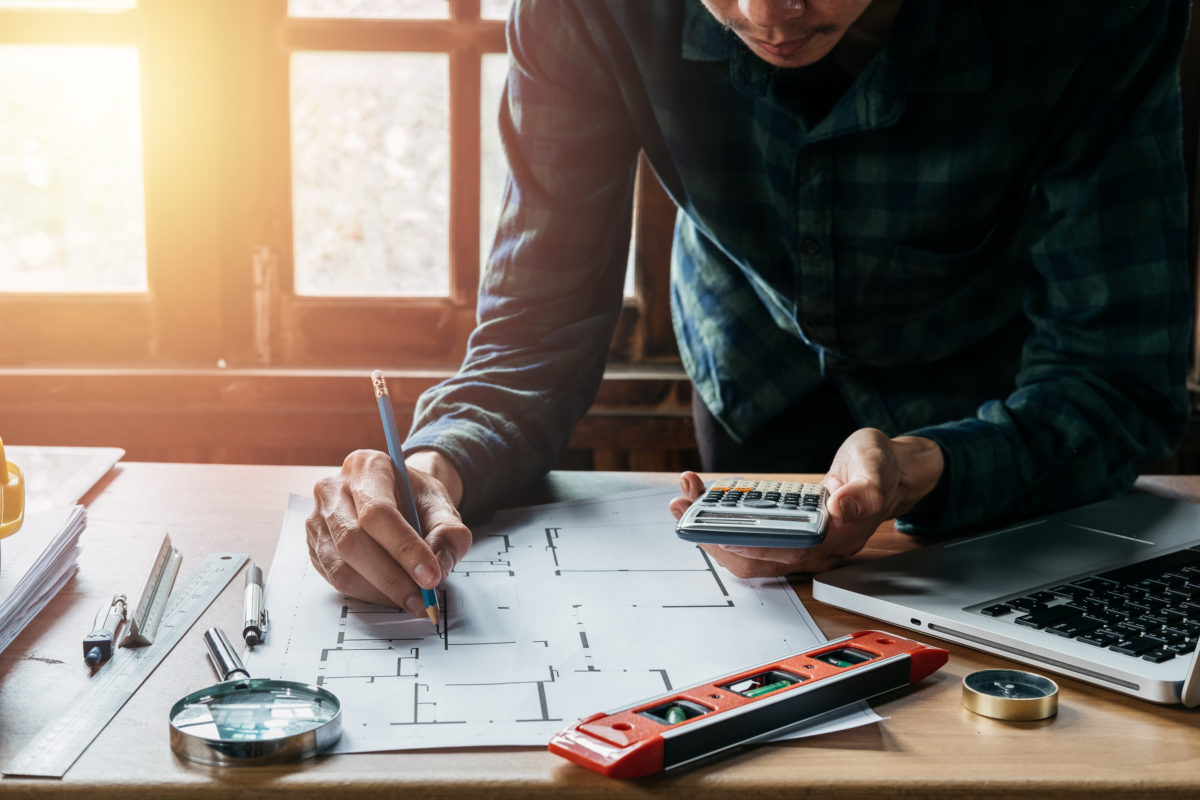Statistics and building science

This blog post is not actually about statistics. It’s about the way building science uses statistics to help design. Building Science is the bundled fields of architecture and engineering whose goal is to calculate and respond to how the building works in its environment.
By this I mean how the building reacts to the environment: things like the sun and the freeze-thaw cycle. The goal of studying it is to help improve the comfort of the humans in the building through good design, and, through better data, increase user comfort while mitigating effects on the environment.
Statistics helps this by providing meaning to the results of all the things measured. Many of us have worked in buildings where people on one side of the building roast while people on the other side freeze. The problem (and yes I know I am grossly simplifying) is that the HVAC system is measuring the average temperature of the building as a whole. Building Science uses measurements and principles of thermodynamics on the drawings and details to figure out the problem before the building is built. That way, any issues can be corrected or mitigated before construction is completed.
Architects help with this by understanding, and correlating options and ideas. How will shading devices affect heat gain? Will the heat gain help in winter? How can shading devices control unwanted heat in summer? What effect will an external double skin curtain have, and how does it affect the capital, operating and life cycle budgets?
Known fact – it’s always cheaper to build it right the first time than it is to retrofit the correction. Building Science uses statistics through all kinds of sophisticated software programs to manage volumes of data to come up with problems that need to be solved.
You may have heard me say this before – it’s a message that bears repeating. Solving these problems before the shovel hits the ground is best. Retrofitting afterwards is next best, and part of an essential investment. We know it’s possible and makes good economic sense to build right the first time.